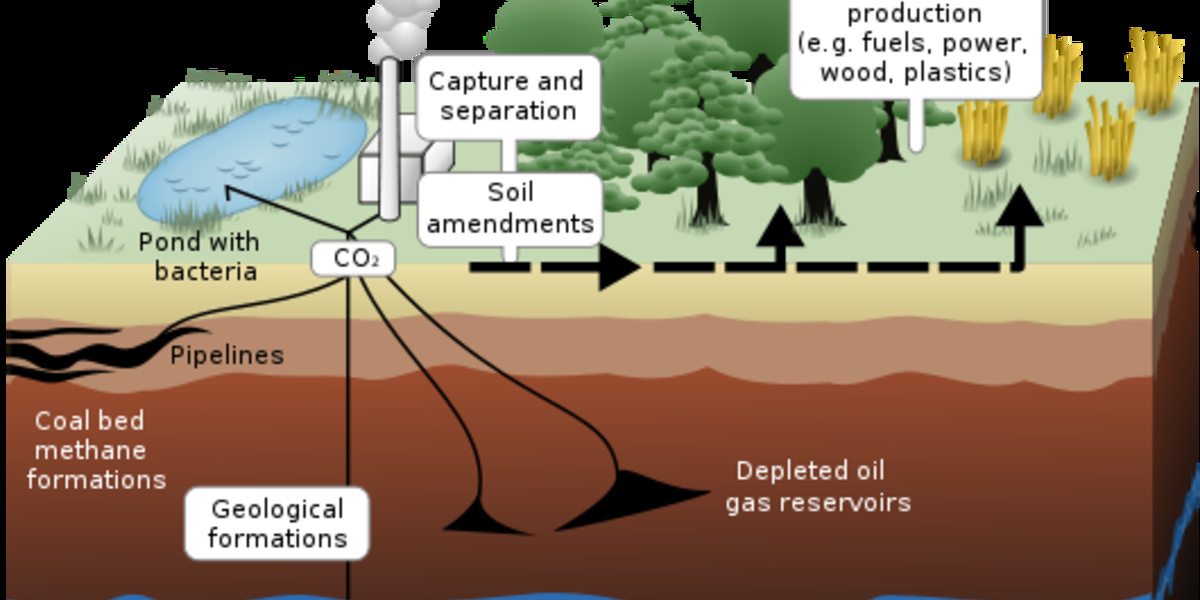We blogged previously about carbon sequestration and its a topic we watch closely. You may have read that earlier this week Saskatchewan approved plans for a commercial-scale carbon capture and sequestration (CCS) project. The Canadian province is among the first in the world to push forward with a really big CCS effort. The province greenlighted plans by power-provider SaskPower to reconstruct a coal-fired unit located at the existing Boundary Dam power plant and redirect CO2. The CCS project will capture the CO2 and pump it deep underground to recover crude oil from nearby oil fields. This is a big project, with $1.24 billion price tag, the Toronto Globe and Mail reported. The CCS power generator will product 100 MW of electricity and about one million tons a year of CO2 (most of which will be sequestered). It is slated to start producing electricity in 2014.
The question we at Picarro have always asked about this is simple: how are you monitoring whether the sequestered CO2 is remaining underground and how can you guarantee minimal or unimportant leakage has occured? CCS on a mass scale is very new. The goal of reducing atmospheric CO2 with CCS relies on long-term capture and sequestration. Global targets set by the Kyoto Protocols and other international efforts require the ability to measure extremely small changes in the global atmospheric chemistry over extremely long timeframes. So tracking sources and sinks of carbon dioxide becomes very important is a top-down approach can function and an effective data-driven policy can be formulated and tracked.
Without monitoring the local and regional environment around the CCS project, however, it is unlikely that utilities or governments would be able to spot slight elevations in CO2 that might, over time. This could diminish the efficacy of CCS as a means of removing or avoiding CO2 emissions entering the global well-mixed atmosphere. This removal or avoidance of CO2 emissions in the atmosphere is the stated purpose and goal of CCS projects so it is the proper benchmark for success of these types of projects. Addressing these concerns is important. As the Globe and Mail article points out:
"...both the power and oil industry face major questions about the technology, including the lack of regulations governing the injection of CO2 underground, and skepticism about whether it will remain trapped."
Fortunately, scientists are getting closer to being able to create monitoring regimes for even the minute quantities of CO2 (down to parts per billion levels) that could occur in a slow leak from CCS project or a regional increase of CO2 possibly connected to a CCS project. It is also possible to use stable isotopes (green cement / aggregates startup Calera is doing this with a Picarro analyzer) to fingerprint flue gases and match the exact CO2 coming out of a stack to CO2 sequestered underground or CO2 emitted into the air from a CCS failure or leak. The cost of these regimes will be a tiny fraction of the multi-billion dollar price tag of CCS projects. So stay tuned on this topic.

